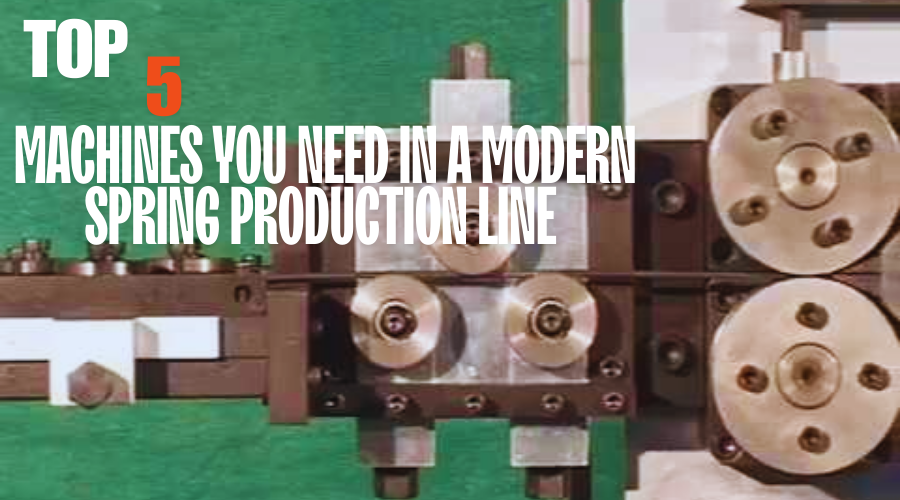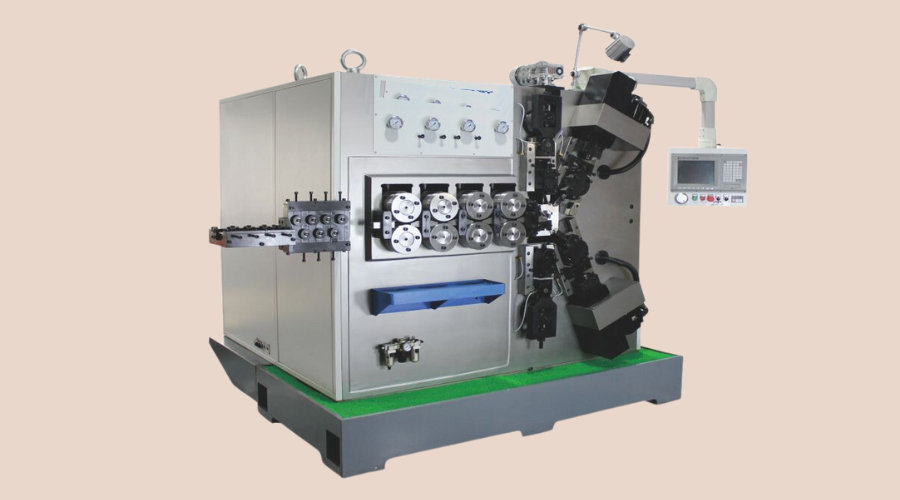
Springs are vital in mechanical construction. What gives each perfect spiral its unique characteristics may still be a result of a complex production that has been rapidly evolving at the turn of the end of the twentieth and the beginning of the twenty-first century. It is no longer enjoyable to watch individuals manhandling a wire to make springs out of it – today’s manufacturing plants are filled with orchestrated equipment, all contributing to the creation of springs with perfect parameters right down to a micron. As industries from aerospace to medical devices demand springs with unprecedented precision and consistency, manufacturers are turning to advanced machinery that can deliver not just accuracy but also the scalability needed to meet growing global demand.
Currently, there has been enhanced use of machineries in the production of springs and has made spring manufacture to have improved tolerance rates, increased spring production rates and quality. Before moving any further let’s take a closer look at the five key machines that are the cornerstone of a contemporary spring manufacturing plant.
Coiling machines for spring production are the most basic equipment in any spring manufacturing company. They produce elaborated straight wire turning into spring forms with the help of distinct procedures. Modern CNC spring coiling machines offer unprecedented versatility, capable of producing:
Advanced coiling machines feature servo-controlled axes that ensure precise wire feed rates, coiling angles, and pitch control. They can handle wire diameters from 0.1mm to 20mm and accommodate materials ranging from standard carbon steel to exotic alloys. Integrating quick-change tooling systems allows for rapid production changeovers, maximizing operational efficiency.
While also a type of coiling machine, Pocket spring coiling machines represent a specialized category of equipment crucial for manufacturers serving the bedding and furniture industries. These machines form the springs and automatically encase them in fabric pockets, creating independent coil units that offer superior comfort and motion isolation.
Key features of modern pocket spring coiling machines include:
In the final application, the resulting pocketed springs enhance product performance through reduced noise, improved motion isolation, and better pressure distribution.
Heat treatment has a major role in achieving the desired mechanical properties in springs. Modern tempering ovens feature:
The heat treatment process typically involves:
This carefully controlled process ensures springs maintain their shape and performance characteristics throughout their service life.

Precision end grinding is essential for compression springs used in critical applications. Modern grinding machines feature:
These machines can accurately manufacture end squareness at 0.5 degrees and length at ± 0.1mm to maintain consistent performance from the spring in assembled products.
Quality control equipment is the final crucial component of a modern spring production line. Advanced inspection systems include:
These systems ensure 100% quality verification of critical dimensions and performance characteristics, providing real-time data for process control and documentation.
The investment in these five significant spring-making machines enables a roadmap toward achieving specialized, efficient quality production. The integration of these advanced systems enables manufacturers to:
Q: What is the typical return on investment for these machines?
A: While initial investment is significant, most manufacturers see ROI within 2-3 years through increased productivity and reduced waste.
Q: How much floor space is needed for a complete spring production line?
A: A primary line with all five machines typically requires 200-300 square meters, including space for material handling and operator access.
Q: What level of operator training is required?
A: Many of the contemporary automated devices need 1-2 weeks of training to be given to the machine operators. Most current machines also require extra time to get the machine maintenance personnel to certify. As a result, by taking responsibility and spending on these core machines well, spring manufacturers are ready to face the stiff market that has been seen in the present world while, on the other side, producing high-quality products that meet their customers’ needs.